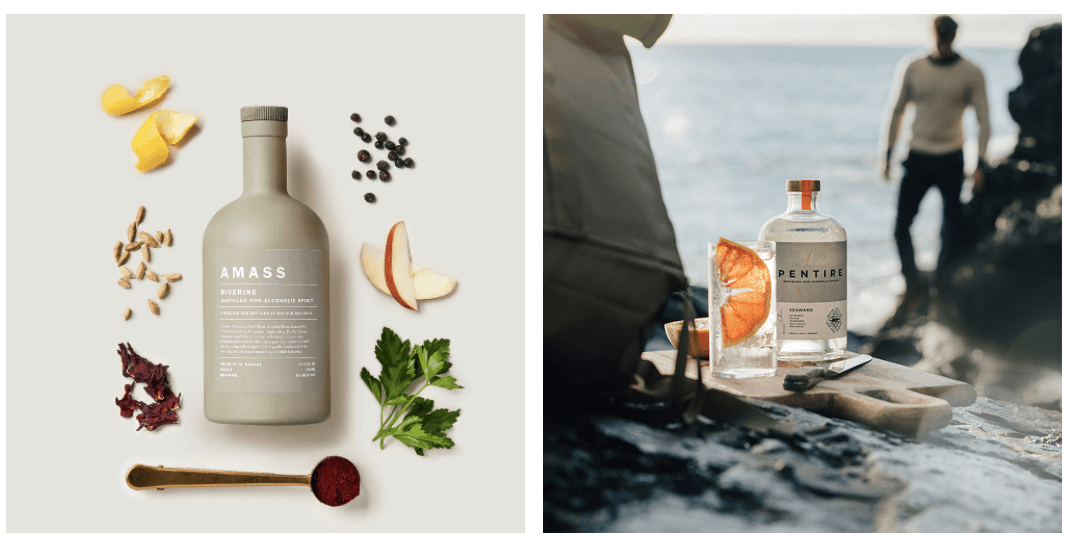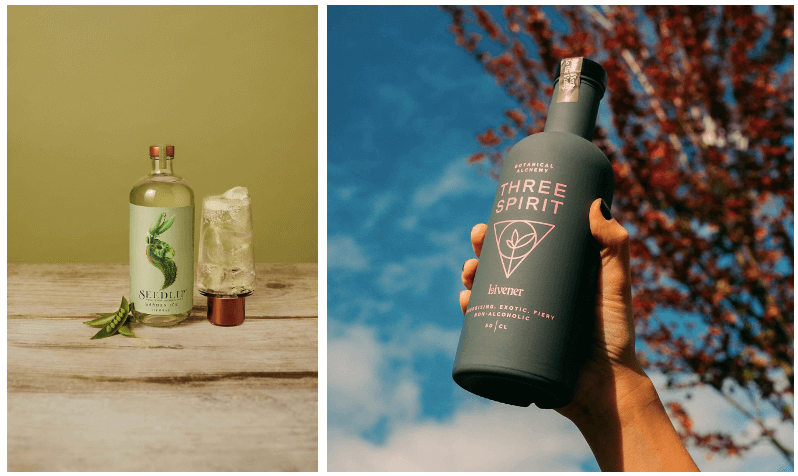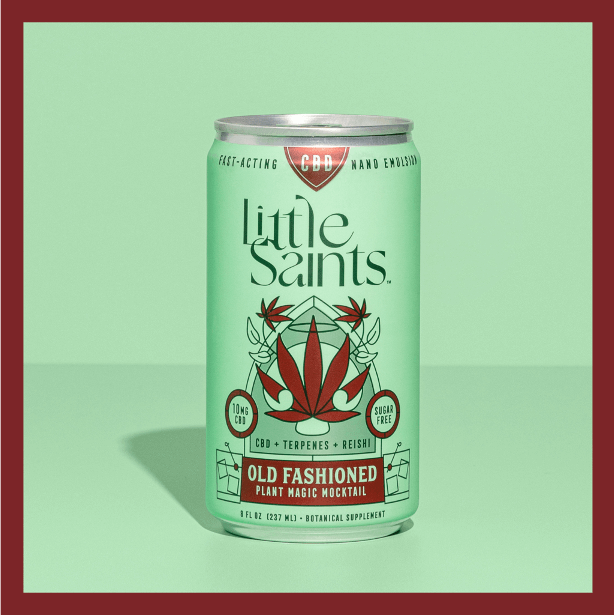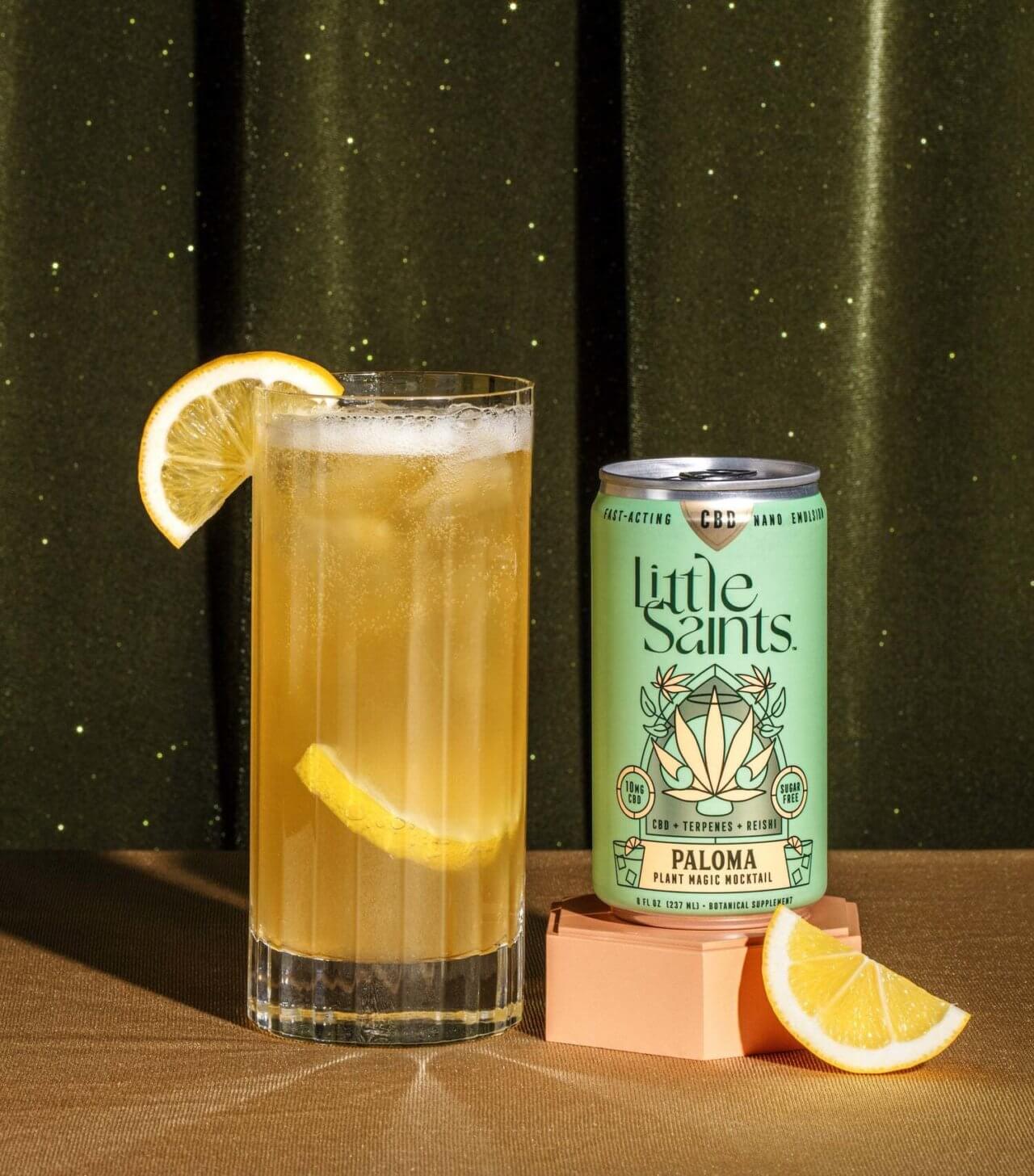Our Thoughts
Less is more No alcohol but plenty of semiotic interest
Although January is the cruellest month, it has kindly brought us interesting objects of semiotic and cultural interest. We’ve seen this in the appearance of several new players on the non-alcohol scene recently to usher in Dry January; Pernod Ricard revealed new packs for non-alcohol brand Ceder’s, Corona brought out Corona Cero, and Kopparberg launched a new alcohol-free variant. The codes represented here are as varied as they are for the wider alcohol industry, with some notable, distinguishable cases.
We have seen some brands adopt a language of liquid-based and nautical metaphors and allusions to bodies of water. Cornish brand Pentire has two products called “Adrift” and “Seaward”, with tasting notes “Coastal, herbaceous, fresh”, and Key Botanicals of Sea Rosemary, Sea Buckthorn and Wild Seaweed respectively; and pushes the slogan “Flavours of the coast”. Nautical language not only reifies the brands’ Cornish origins but places it within a larger historical drinking culture made new, coding Pentire as part of a wider group of brands that pride themselves as heritage-honouring while offering a fresh twist on their product. Continuing the water-based theme, American brand AMASS prides itself on a liquor called “Riverine”; references to bodies of water providing a toolkit for communication that codes the brand as the place to go for ease, relaxation, and a return to the natural.
 US Brand AMASS and Cornish Pentire both utilise water-based linguistic codes
US Brand AMASS and Cornish Pentire both utilise water-based linguistic codes
Botanical visual codes, as in the wider alcoholic category, abound. Brands like Little Saints and the original non-alcoholic liquor, Seedlip, rely heavily on both a visual and written language of flowers, herbs, and fruits. ‘Seedlip Garden 108’ boasts “a floral blend of Peas & Hay w/ traditional garden herb distillates in celebration of the English countryside”, mixing the language of botany with that of borrowed codes from perfumery. Brands like the UK-based Three Spirit, founded in 2018, blend the science of plants with a language more familiar to those interested in New Age herbology, describing its product “Livener” with the words: “Enjoy euphoric feels from guayusa, guava leaf and schisandra and big flavours from vibrant berries, bright aromatics and heat”.
 Seedlip and Three Spirit utilise language of herbology and botany
Seedlip and Three Spirit utilise language of herbology and botany
This kind of language is seen elsewhere; AMASS use words like “mindfulness” and “self-care” to describe its product lines, and Little Saints calls its three main plant ingredients (CBD, terpenes and reishi) a “divine trio that helps us feel relaxed and alive”. Little Saints also borrows visual cues from new age spiritualism, with packaging that takes inspiration from Tarot visuals and 1960s psychedelics. Three Spirit utilises a language of almost spiritual exploration, asking customers to “Choose [their] mood” via their choice of zero alcohol liquors.

Finally, non-alcoholic liquors are redefining themselves away from alcoholic spirits altogether. Take inspiration from Unspiked: “Sometimes you grab a beer. Sometimes you grab an Unspiked. No shame in that”; or from AMASS: “You work the next morning. You’re pregnant. You just don’t feel like drinking alcohol right now. Regardless of the reason, you deserve to sip on something special.” Brands are asserting themselves not as alcohol replacements but as desirable products in their own right, by upselling key ingredients with medicinal and beneficial herbal properties. Words like ‘adaptogenic’ and ‘nootropic’ as well as highlighting key ingredients like reishi mushrooms help to boost the desirability of brands by replacing the lure of alcohol with the lure of health benefits.
3 Key Takeouts for Brands:
- Dial up codes that reference the natural world. Metaphors alluding to the ocean and large bodies of water especially reflect flow, good mood, and relaxation.
- Make sure ingredients with physical health or mood-improving benefits are placed front and centre.
- Don’t be afraid to borrow visual cues from the wider alcohol industry, especially when it comes to liquors (e.g., botanicals). Linguistically, however, make sure to dial up your products’ value in and of itself, rather than just as a non-alcoholic substitute.
Freya Ward-Lowery, Semiotician

